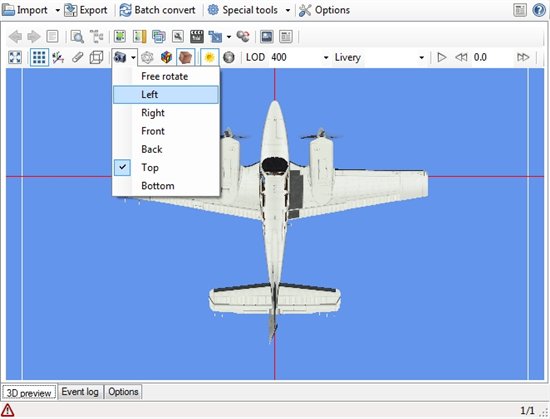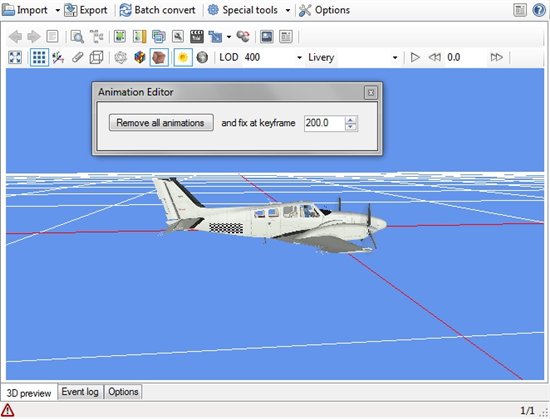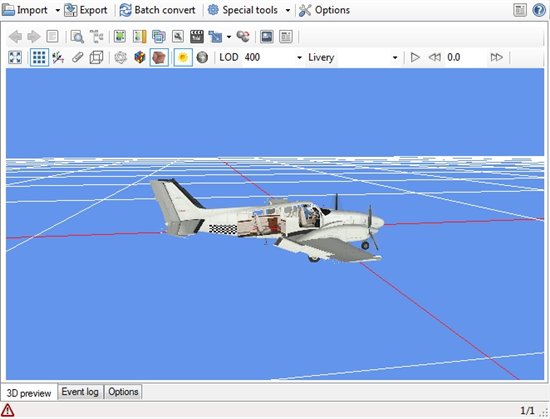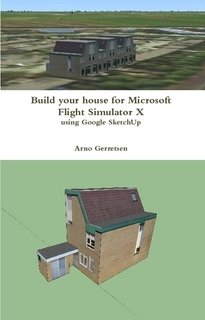This weekend it was the yearly FSWeekend again the Aviodrome aviation museum in Lelystad. I was there at both the FSDeveloper and NL2000 stand. I think it was a good event again, with a lot of people visiting, especially on the Saturday. It was always nice to talk with the users of the NL2000 scenery and to answer their questions.
In the FSDeveloper stand we demonstrated the usage of SketchUp. It was interesting to see that many people knew about SketchUp or had even tried it before. But most of them were not yet aware of the possibility to use it for FS. So let’s hope we encouraged some people to start making some scenery as well. It was very nice to meet the FSDeveloper forum member Robystar at the weekend. Together we manned the FSDeveloper stand and it was interesting to see the scenery projects he has been working on with SketchUp.
Other interesting people I met are Markus Freyt (the author of openVFR) and Andras Kozma (the famous developer, who I still associate with his LAGO EHAM scenery). And of course it was interesting to meet Lefteris and his wife again. So all together a very successful event again.
 SceneryDesign.org
SceneryDesign.org 




